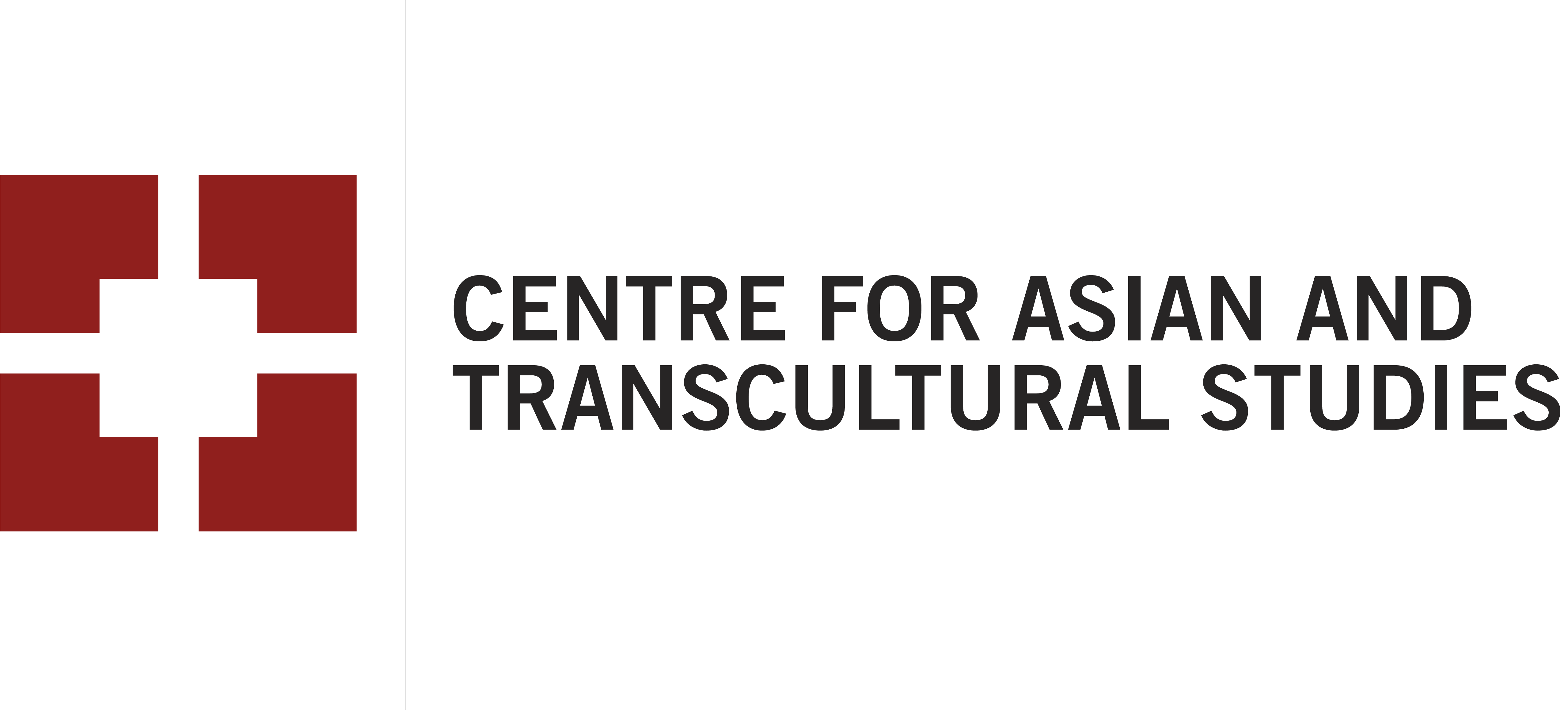Comics Culture in the People’s Republic of China (ChinaComx) sets out to investigate the intellectual, political, social, historical, and transcultural dimensions of a medium still heavily understudied: lianhuanhua, literally “linked images” (连环画). It studies them as a medium from the People’s Republic of China and its place within the larger Chinese and global comics culture. Studying the conditions of comic art’s production, distribution and consumption, the project sheds light on how comics contribute to the project of nation building, to the creation of a new socialist man and to the continued legitimacy of the Chinese Communist Party (CCP). In addition, it investigates how these at times highly propagandistic texts were read by ordinary citizens.
- In the Activities tab you will find all upcoming and past talks, events, and other activities related to the project;
- To learn more about the project, see below. You can also visit our page at the website of the Institute of Chinese Studies at Heidelberg University here;
- The team members introduce themselves here: Team;
- Under the Translations tab you will be redirected to our ongoing repository of Chinese comics in translation;
- To read our project-related research output, head over to Publications;
- We are preparing a comprehensive bibliography and collection of links related to all things lianhuanhua, to be featured in the Resources tab;
- And if you want to get in touch with us — please do! — see Contact for details.
Project goals and aims
For most of the 20th century, pocket size comic books such as lianhuanhua were an integral part of Chinese everyday reading culture, providing readers with entertainment, information and/or political instruction. Established as such throughout the 1920s and 1930s, after 1949 these comic books continued to range from adaptations of literary texts or films to hagiographies of socialist heroes like Lei Feng to stories propagating the usefulness of using fertilizer in agricultural production. Published as handy pocket-sized booklets, they were shared among children and adult readers alike to be read at street stall libraries or at work units after hours. Lianhuanhua production was massive, with an estimated 50.000 titles published since the founding of the PRC. This popularity continued into the early post-Mao years, which saw a broadening in styles and contents, including lianhuanhua delving into the hardships suffered during the Cultural Revolution; lianhuanhua in expressive wood cut; and unofficial adaptations of the American blockbuster Star Wars. Moreover, allegedly, one in three books published in 1986 was a comic!
In clearly circumscribed case studies, the project analyzes large amounts of literary and filmic adaptations, the conventions of text-image relations (and the breaking of these conventions), narrative qualities, as well as the visual language which is very much indebted to other visual forms of art, including traditional Chinese visual art, cartoons, propaganda posters, photography and movies. With its focus on practices and meaning making, ChinaComx moreover delves into the changing global cultural, political and economic connections within the socialist cultural sphere, within the Greater China region, East Asia and beyond, tracing distinct and changing relationships of domestic and foreign elements. The case studies cover developments since the late 1940s to the present and situate concrete phenomena within larger developments and traditions.
In providing more knowledge about comic culture from China and in contributing to theoretical debates, ChinaComx aims to delineate the term lianhuanhua as a distinct genre and area of academic research that bears specific characteristics, being embedded in a particular context of origin, yet, changing across time and space as Japanese manga, Korean manhwa, or Franco-Belgian bandes desinnées.
Funding and hosting institutions

ChinaComx is an funded by the European Union (ERC, Grant agreement ID: 101088049). Views and opinions expressed are however those of the author(s) only and do not necessarily reflect those of the European Union or the European Research Council Executive Agency. Neither the European Union nor the granting authority can be held responsible for them.


We are located at the Centre for Asian and Transculutural Studies, Institute of Chinese Studies, Heidelberg University.
